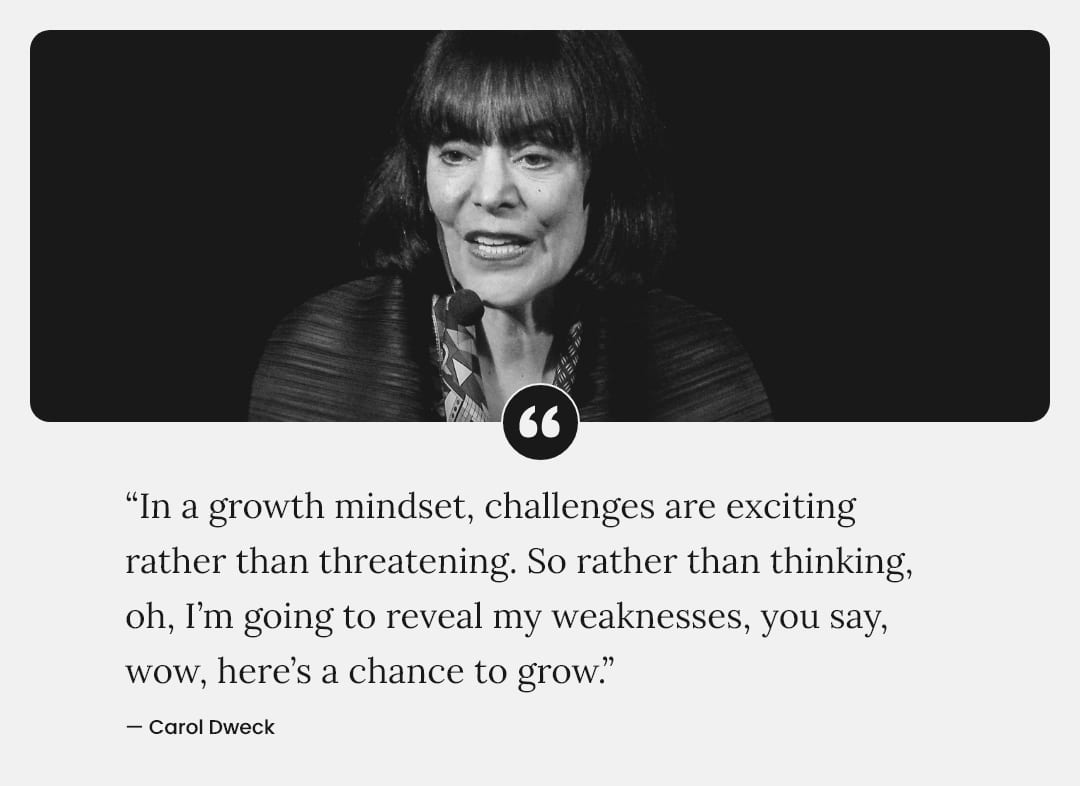What You Might Have Missed from DecisionWise
Ready to become a more competent leader? Check out these videos on key leadership competencies:
- Psychological Safety with Sara Isom
- Interpersonal Communication with Matt Wride
- Developing Others with Megan Milkanin
- Empowerment with Christian Nielson
Recent publications by DecisionWise leaders:
- Forbe’s Council Post: 20 Innovative Strategies For Sustained Employee Engagement featuring Tracy Maylett DecisionWise, CEO
- Expert Advice for Excelling Amid Job Dissatisfaction published in Forbes, featuring Tracy Maylett, DecisionWise CEO
- Power Questions that Will Improve the Employee Experience by Matt Wride, DecisionWise President, on LinkedIn
- Best Practices For Managing Remote Teams by Matt Wride, DecisionWise President
NCCPA’s engagement results are virtually unheard of, and here’s why.
We have a secret. Even sales teams feel left out of your organization at times.
Steal these 9 questions for your next 1:1.
What’s Happening at DecisionWise
JOIN US AT HR TECH!
Want to improve your employee experience?
Our employee feedback solutions can help you. Join us at HR Tech in October!
- Come visit us to see how our award-winning employee feedback platform can help you collect and analyze employee feedback quickly and easily.
- Learn how the platform can help your organization and how to use employee feedback to improve your organization’s culture, engagement, and performance.
- Meet with our team of experts to discuss your specific needs and get a free consultation on how our solutions can help you.
Visit our booth (5737) and see how we can help you create a better workplace for your employees.
Featured Discussion
Today, let’s talk about how we can improve the way in which we give feedback to co-workers, direct reports, and others when we are asked to participate in a 360-degree assessment.
360-degree feedback is a process where an individual receives feedback from their peers, managers, subordinates, and sometimes key customers and outside parties. It can be a valuable tool for personal development and growth, if gathered and conveyed effectively.
Consider these five key tips for giving effective 360-degree feedback:
Number 1: Be specific and provide examples. Don’t just say that someone is “a good communicator.” Instead, try and offer specific examples of times when they communicated effectively with you or where you observe them communicating well with others. This will help the recipient with additional context. We learn best through stories, and examples are like mini stories that help with the learning.
Number 2: Be constructive and helpful. The goal of 360-degree feedback is to help the recipient improve their performance. So, focus on providing feedback that is specific, actionable, and helpful. Avoid making personal attacks or being overly critical.
A good way to stay in this sweet spot is by following the SBI™ feedback model developed by the Center for Creative Leadership (CCL). The SBI model is a popular framework for giving clear, specific, and actionable feedback. It stands for Situation-Behavior-Impact.
Situation: The situation is the context in which the behavior occurred. This could include the time, place, and people involved.
Behavior: The behavior is the specific action that you are giving feedback on. It is important to be as specific as possible and avoid generalizations.
Impact: The impact is the effect that the behavior had on you, others, or the organization. This is the most important part of the SBI model, as it helps the recipient understand the consequences of their behavior.
The SBI model can be used for reinforcing and redirect feedback, but here is an example of how to use the SBI model to give redirecting feedback:
Situation: I noticed that you were interrupting people during our team meeting today.
Behavior: You spoke over several people when they were trying to share their ideas.
Impact: This made it difficult for others to participate in the conversation. It also made me feel like my ideas were not being valued.
Number 3: Be respectful and supportive. Remember that 360-degree feedback can be a sensitive topic. So, be respectful of the recipient’s feelings and be supportive of their efforts to improve.
Number 4: Be timely. Don’t wait too long to give feedback, even when offered inside a 360-degree assessment. The feedback should be given as soon as possible after the event or behavior that you are commenting on. This will help the recipient remember the situation and make the most of the feedback.
Number 5: Be open to feedback yourself. If you are asked to provide 360-degree feedback, be open to receiving feedback yourself. This will help you understand how others perceive you and how you can improve your own performance.
Here are some additional tips for giving effective 360-degree feedback that might also be useful.
Focus on the recipient’s development, not their shortcomings. The goal of 360-degree feedback is to help the recipient improve their performance, not to tear them down. So, focus on providing feedback that is specific, actionable, and helpful.
Be aware of your own biases. We all have biases, and it’s important to be aware of them when giving feedback. Try to be as objective as possible and avoid letting your biases influence your feedback.
Be prepared to answer questions. The recipient may have questions about your feedback. Be prepared to answer them honestly and openly.
Again, 360-degree feedback is a powerful development tool but can be ineffective if delivered poorly. The metaphor we like to use here at DecisionWise is, “A great product may never get used if it is poorly packaged”. So, it’s both substance and style. This article will help you think about your feedback-giving style.





